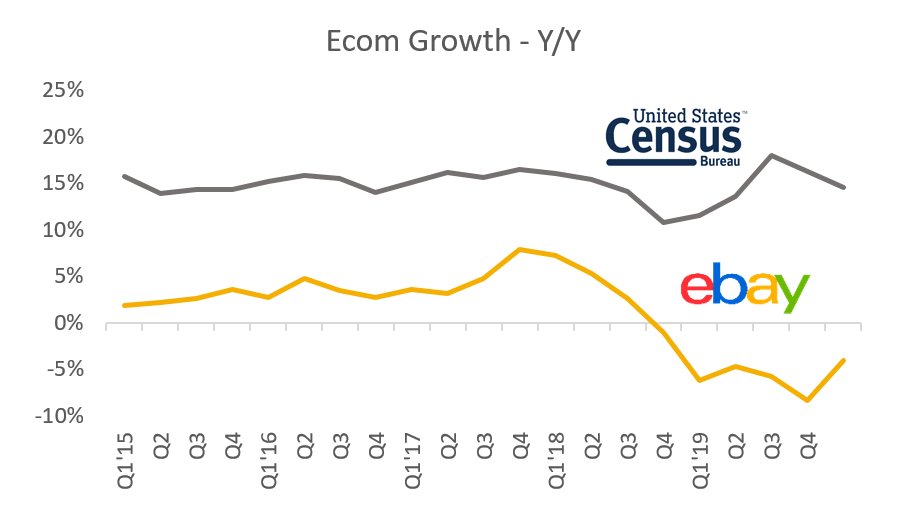
Thoughts on common misconceptions about “value” vs “growth” investing.
Learnings from letters over the years by Buffett, Oaktree, and Third Point - and my own investing career.
Thread below 👇
Learnings from letters over the years by Buffett, Oaktree, and Third Point - and my own investing career.
Thread below 👇
1/ Many think “value” investing must mean buying low-multiple stocks (e.g. 12x P/E).
However high growth companies and value are not mutually exclusive.
Whether a stock is a bargain or not, depends on its valuation in context of its growth rate.
However high growth companies and value are not mutually exclusive.
Whether a stock is a bargain or not, depends on its valuation in context of its growth rate.
2/ Howard Marks at Oaktree has a letter out today - where he writes about this “False Dichotomy of Value and Growth”.
Worth a read and highly recommend.
He mentions that Buffett has famously said "we don't consider ourselves to be value investors".
oaktreecapital.com/docs/default-s…
Worth a read and highly recommend.
He mentions that Buffett has famously said "we don't consider ourselves to be value investors".
oaktreecapital.com/docs/default-s…
3/ My own development and understanding of this - was heavily inspired by the folks at Third Point.
Back in Q2’18 – they took a $800M position in PayPal which traded at >30x forward P/E – a measure traditionally viewed as “expensive”.
Back in Q2’18 – they took a $800M position in PayPal which traded at >30x forward P/E – a measure traditionally viewed as “expensive”.
4/ They wrote about PYPL in their quarterly letter, which my PM at DE Shaw then forwarded to me to have me consider.
At the time, I shied away from these "expensive" companies.
But I have huge respect Third Point - and that letter pushed me to expand my mindset.
At the time, I shied away from these "expensive" companies.
But I have huge respect Third Point - and that letter pushed me to expand my mindset.
5/ Their letter talked about how PayPal had a fantastic, predictable franchise.
While the headline multiple was expensive, the company was growing earnings ~25% annually, resulting in quite reasonable valuations looking 2 or 3 years out.
thirdpointoffshore.com/wp-content/upl…
While the headline multiple was expensive, the company was growing earnings ~25% annually, resulting in quite reasonable valuations looking 2 or 3 years out.
thirdpointoffshore.com/wp-content/upl…
6/ From Third Point's quarterly letter then -
“We have also discussed with investors the insight that stocks with unprecedented growth rates have defensible valuations when one extends earnings out two to three years."
“We have also discussed with investors the insight that stocks with unprecedented growth rates have defensible valuations when one extends earnings out two to three years."
7/ cont'd... – "In a world of increasing disruption in virtually every industry, we recognize that we must continuously evolve our framework or risk being disrupted too.”
8/ Exceptional investors recognize being overly focused on 1 year forward multiples is short sighted.
Instead you must take into account current growth rate, durability of that growth, business quality, long-term structural margins, management quality, and adjacent TAMs.
Instead you must take into account current growth rate, durability of that growth, business quality, long-term structural margins, management quality, and adjacent TAMs.
9/ Grateful for mentors along the way that helped me understand these concepts and become a better investor 🙏
The letters from Buffett, Third Point, Oaktree are a treasure trove and hugely valuable - tons of gratitude and respect for what they share.
The letters from Buffett, Third Point, Oaktree are a treasure trove and hugely valuable - tons of gratitude and respect for what they share.
• • •
Missing some Tweet in this thread? You can try to
force a refresh





